44 tf dataset get labels
tf.data:构建 TensorFlow 输入流水线 | TensorFlow Core 借助 tf.data API,您可以根据简单的可重用片段构建复杂的输入流水线。 例如,图像模型的流水线可以聚合来自分布式文件系统中文件的数据,对每个图像应用随机扰动,并将随机选中的图像合并成一个批次进行训练。 Optimizers - Keras Adam # Iterate over the batches of a dataset. for x, y in dataset: # Open a GradientTape. with tf. GradientTape () as tape : # Forward pass. logits = model ( x ) # Loss value for this batch. loss_value = loss_fn ( y , logits ) # Get gradients of loss wrt the weights. gradients = tape . gradient ( loss_value , model . trainable_weights ) # Update the weights of the model. optimizer …
GitHub - google-research/tf-slim Furthermore, TF-Slim's slim.stack operator allows a caller to repeatedly apply the same operation with different arguments to create a stack or tower of layers. slim.stack also creates a new tf.variable_scope for each operation created. For example, a simple way to create a Multi-Layer Perceptron (MLP):
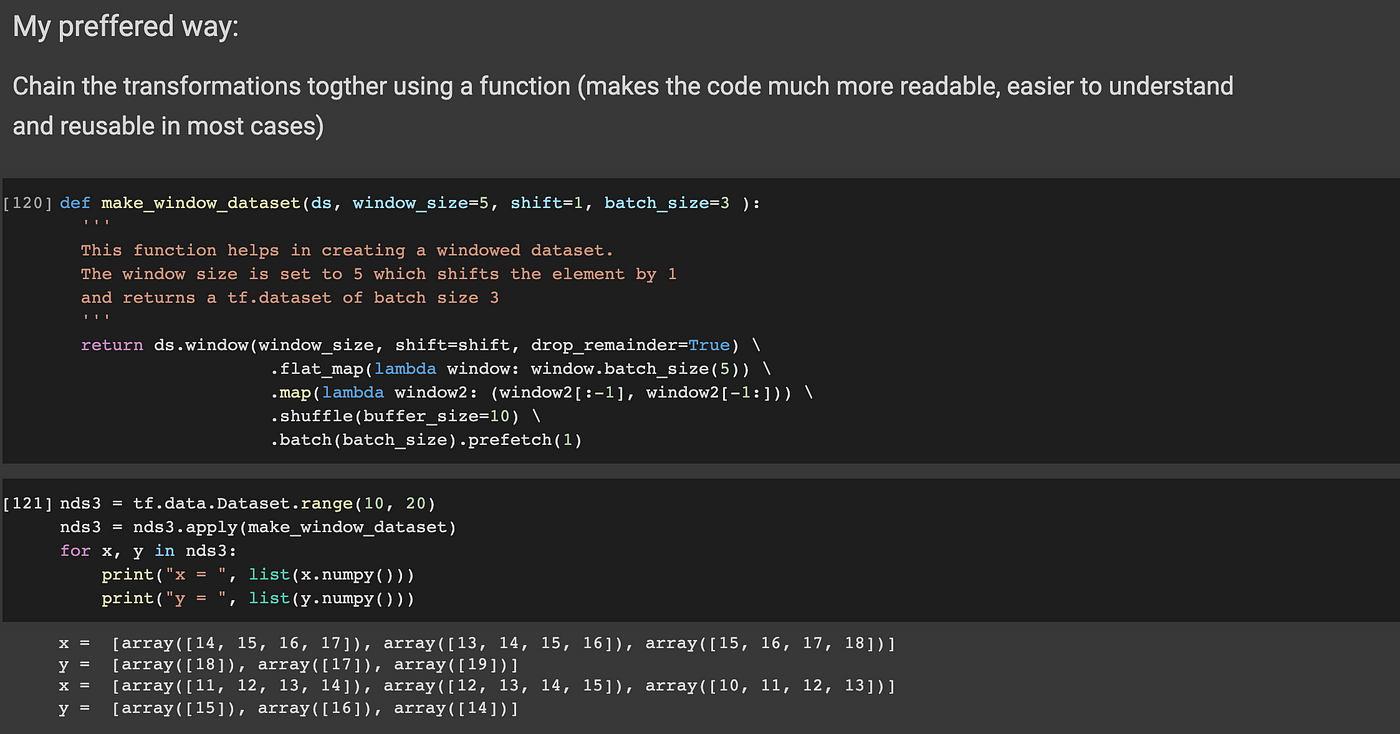
Tf dataset get labels
GitHub - tensorflow/nmt: TensorFlow Neural Machine ... Feb 13, 2019 · Use the queueing mechanisms in tf.train (e.g. tf.train.batch) and tf.contrib.train. Use helpers from a higher level framework like tf.contrib.learn or tf.contrib.slim (which effectively use #2). The first approach is easier for users who aren't familiar with TensorFlow or need to do exotic input modification (i.e., their own minibatch queueing ... Image Augmentation with Keras Preprocessing Layers and tf.image Aug 06, 2022 · The dataset ds has samples in the form of (image, label). Hence you created a function that takes in such tuple and preprocesses the image with the resizing layer. You then assigned this function as an argument for the map() in the dataset. When you draw a sample from the new dataset created with the map() function, the image will be a ... Effective Tensorflow 2 | TensorFlow Core Jul 03, 2022 · Iterate over a Python generator or tf.data.Dataset to get batches of examples. Use tf.GradientTape to collect gradients. Use one of the tf.keras.optimizers to apply weight updates to the model's variables. Remember: Always include a training argument on the call method of subclassed layers and models.
Tf dataset get labels. TFRecord 和 tf.Example | TensorFlow Core 写入 TFRecord 文件. 和以前一样,将特征编码为与 tf.Example 兼容的类型。 这将存储原始图像字符串特征,以及高度、宽度、深度和任意 label 特征。 TensorFlow 2 Tutorial: Get Started in Deep Learning with tf.keras Aug 02, 2022 · Predictive modeling with deep learning is a skill that modern developers need to know. TensorFlow is the premier open-source deep learning framework developed and maintained by Google. Although using TensorFlow directly can be challenging, the modern tf.keras API brings Keras’s simplicity and ease of use to the TensorFlow project. Using tf.keras allows you to design, […] Effective Tensorflow 2 | TensorFlow Core Jul 03, 2022 · Iterate over a Python generator or tf.data.Dataset to get batches of examples. Use tf.GradientTape to collect gradients. Use one of the tf.keras.optimizers to apply weight updates to the model's variables. Remember: Always include a training argument on the call method of subclassed layers and models. Image Augmentation with Keras Preprocessing Layers and tf.image Aug 06, 2022 · The dataset ds has samples in the form of (image, label). Hence you created a function that takes in such tuple and preprocesses the image with the resizing layer. You then assigned this function as an argument for the map() in the dataset. When you draw a sample from the new dataset created with the map() function, the image will be a ...
GitHub - tensorflow/nmt: TensorFlow Neural Machine ... Feb 13, 2019 · Use the queueing mechanisms in tf.train (e.g. tf.train.batch) and tf.contrib.train. Use helpers from a higher level framework like tf.contrib.learn or tf.contrib.slim (which effectively use #2). The first approach is easier for users who aren't familiar with TensorFlow or need to do exotic input modification (i.e., their own minibatch queueing ...
![What Is Transfer Learning? [Examples & Newbie-Friendly Guide]](https://assets-global.website-files.com/5d7b77b063a9066d83e1209c/627d125248f5fa07e1faf0c6_61f54fb4bbd0e14dfe068c8f_transfer-learned-knowledge.png)

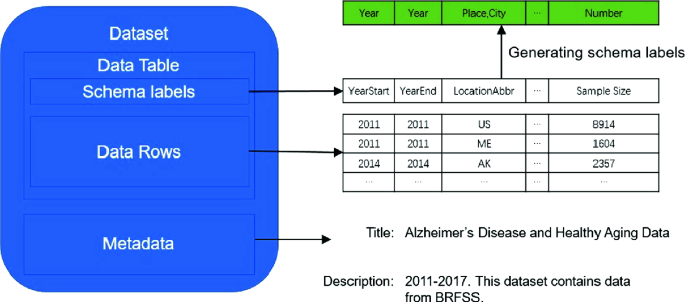
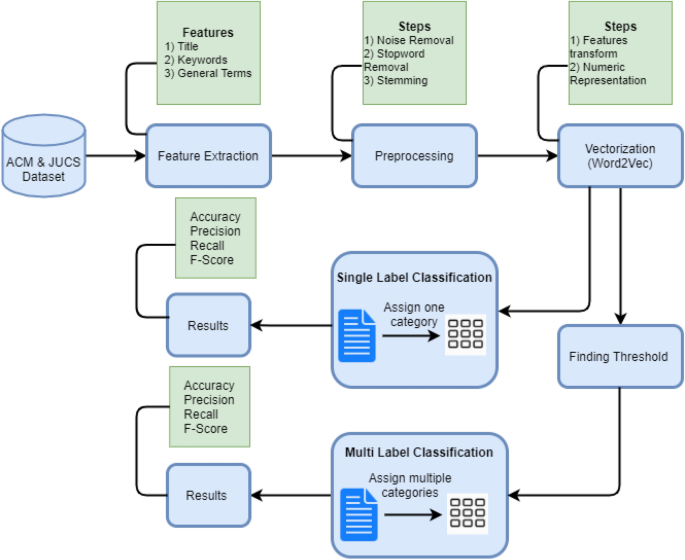




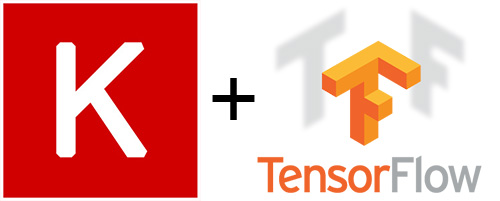
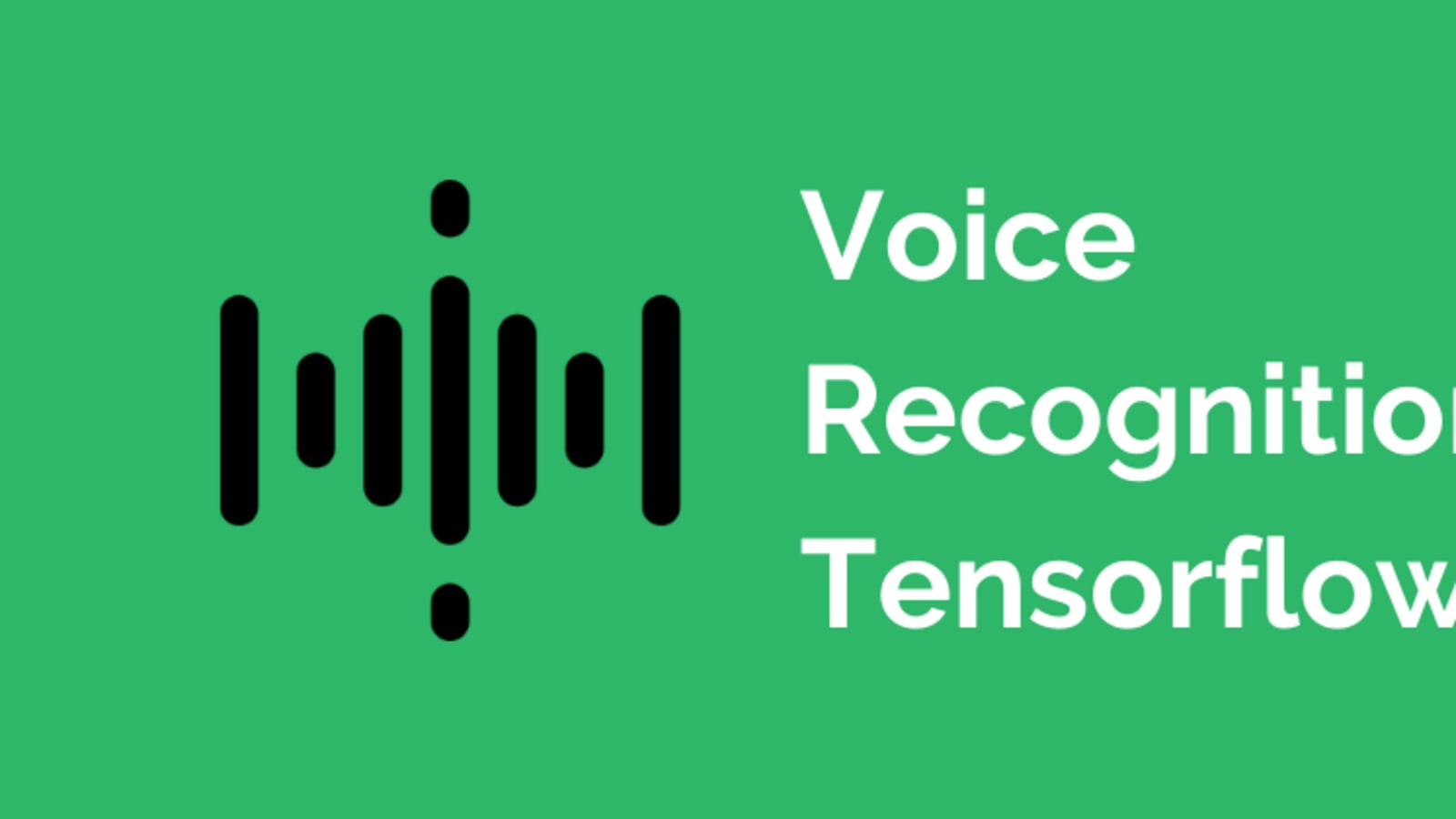

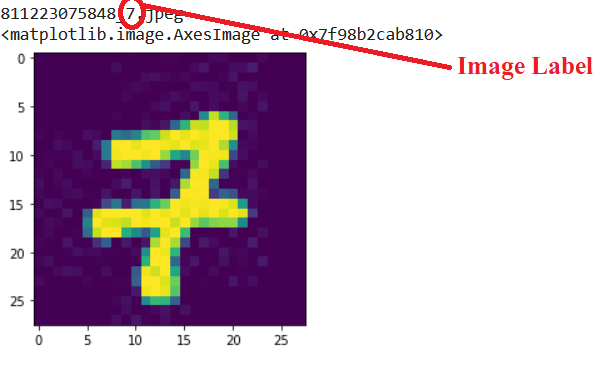

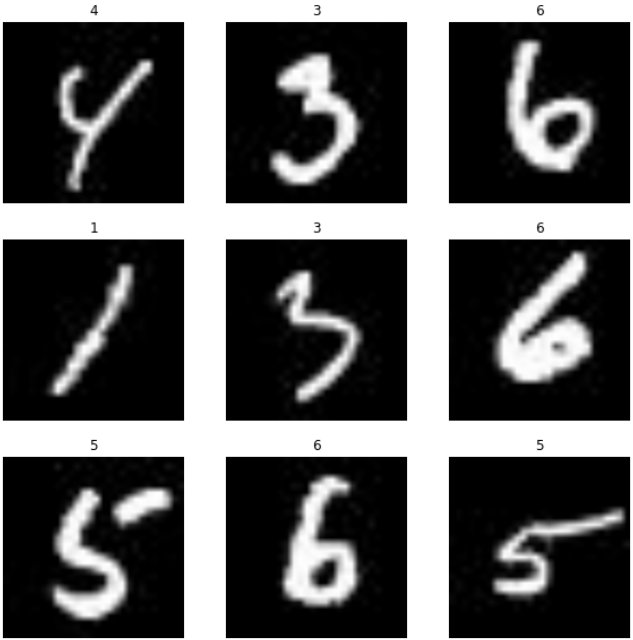
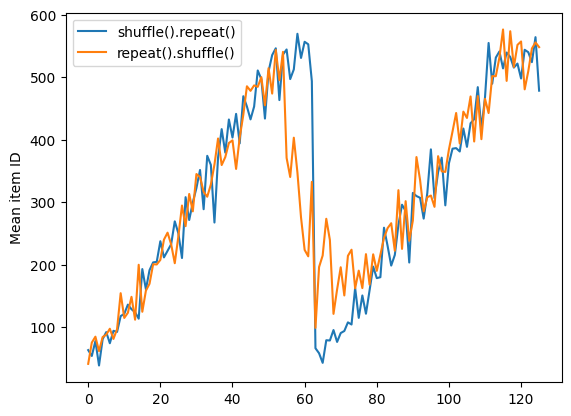

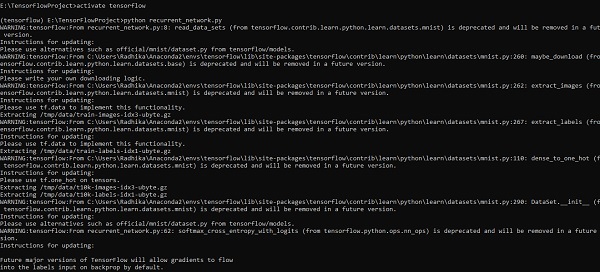


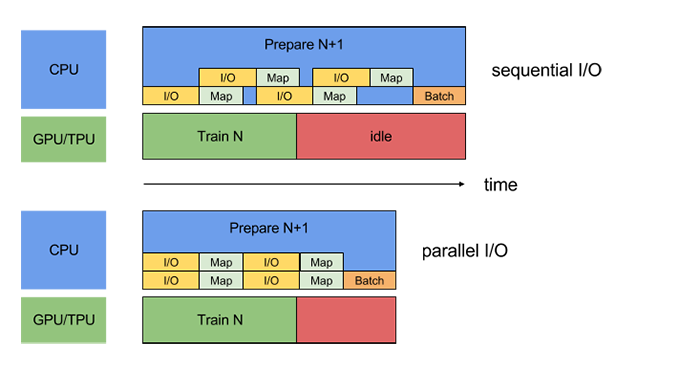
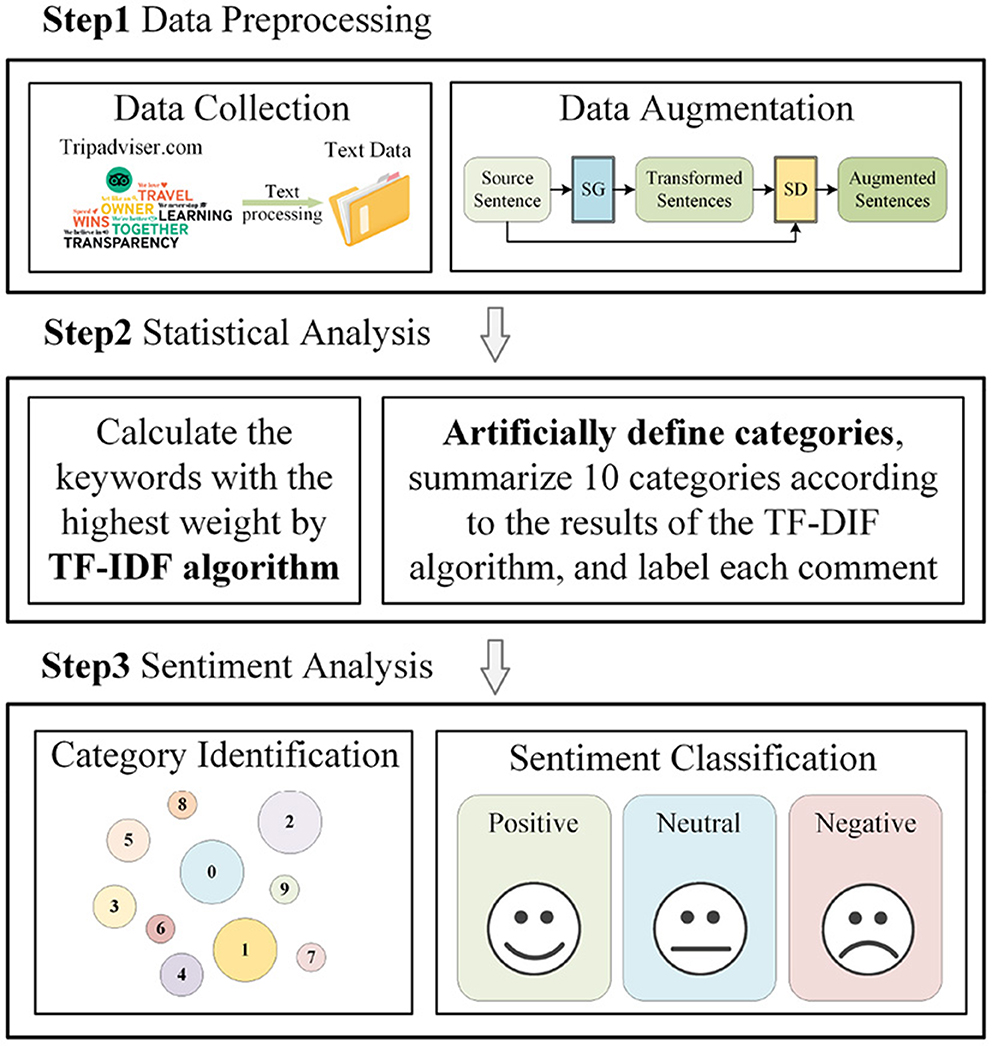

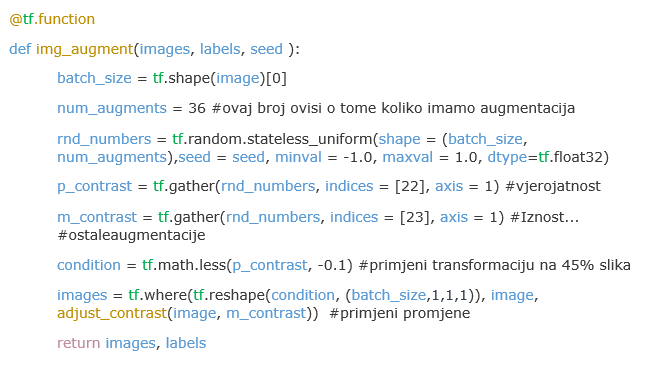









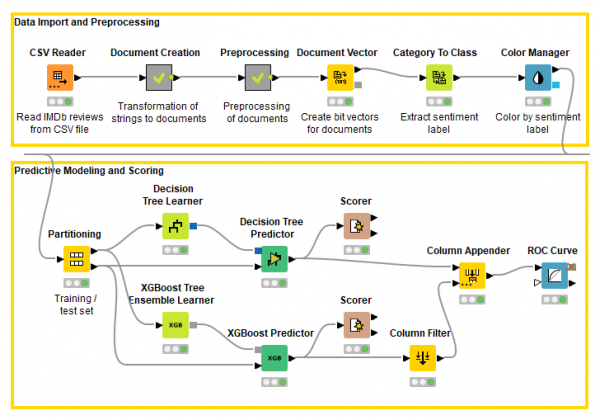



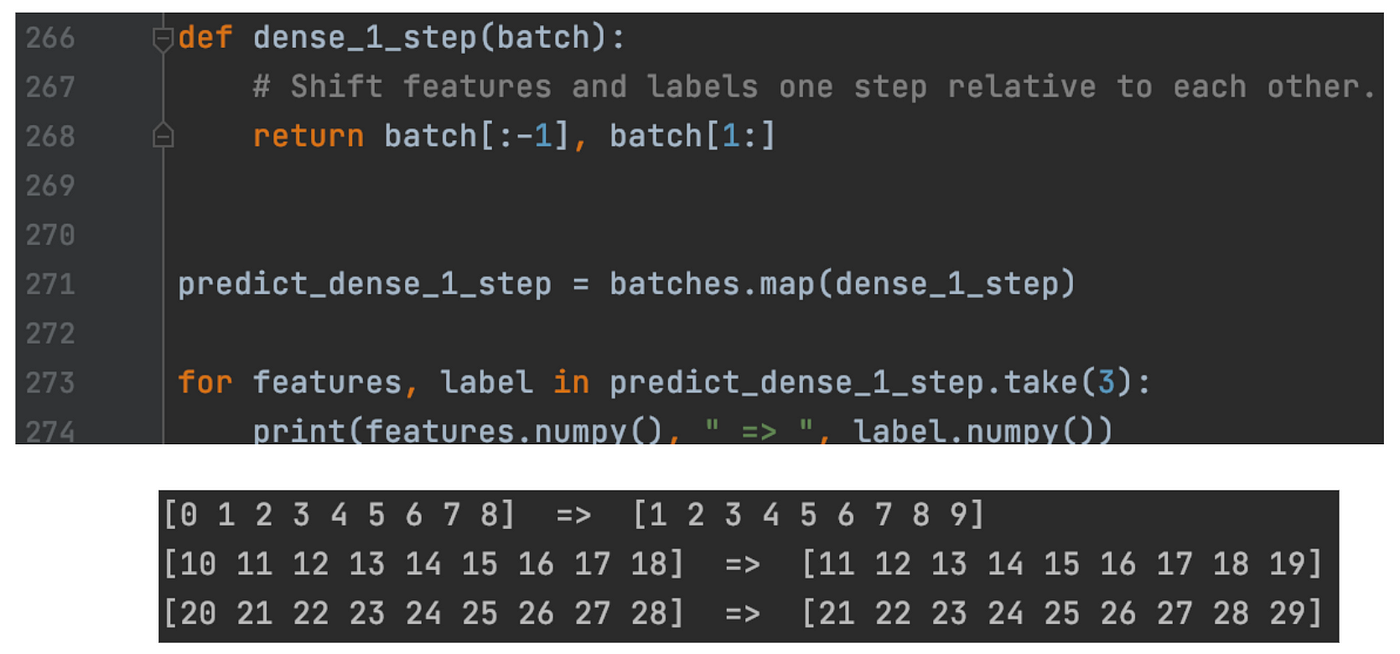

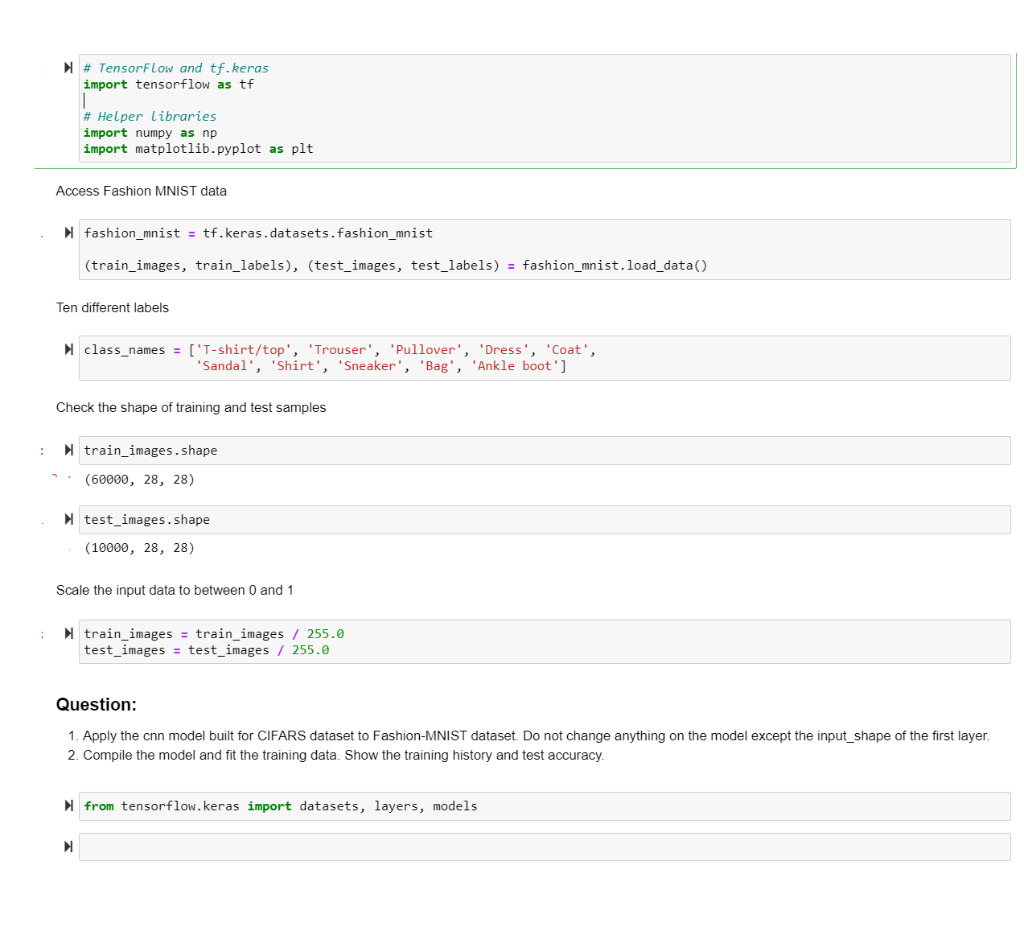


Post a Comment for "44 tf dataset get labels"